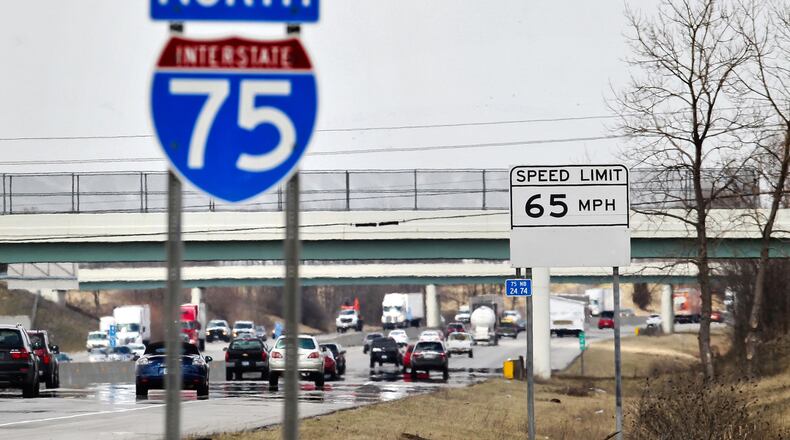What do you think?
Should Ohio have raised the speed limit to 70? Speak out on our Facebook page.
The top speed limit in Ohio is officially going up this summer to 70 miles per hour.
Gov. John Kasich on Monday signed into law a two-year, $3.87 billion transportation budget. Among provisions of the law is the higher max speed limit, which will apply to interstates outside of urban areas starting on July 1.
That means Ohio’s top speed limit will match those of bordering states except for Pennsylvania, where the top speed limit is still 65 miles per hour, according to the Governors Highway Safety Association.
Under the law, motorists will also be allowed to drive 65 mph on urban outer belts such as I-675, I-275, and I-270. Drivers can also go 60 mph on all two-lane state highways outside city limits and 55 on interstates in congested areas.
The Ohio Department of Transportation still needs to figure out which roads qualify as “outside of urban areas,” said agency spokesman Steve Faulkner. Until that vetting process is done, Faulkner said he couldn’t say where exactly the speed limit would go up to 70 miles per hour.
ODOT doesn’t know how much it will cost to change or replace speed limit signs, but the Ohio Legislative Service Commission last year estimated it would cost $80,000 to change the speed limit signs on all of Ohio’s interstates.
Legislators have floated increasing the speed limit in the past, including on a 2012 bill that resulted in the $80,000 estimate, but proposals were always scuttled over concerns from law enforcement. This year, although insurance and environmental groups expressed concerns, the Ohio State Highway Patrol chose not to oppose the measure.
Among other provisions of the transportation bill include authorizing the state to issue $1.5 billion in bonds backed by future Ohio Turnpike tolls. Ninety percent of the bond revenues would have to be spent in Northern Ohio.
The remaining 10 percent of the turnpike money could hypothetically be spent on road projects in southwestern Ohio. State Rep. Ross McGregor, R-Springfield, said any benefits to the Miami Valley are more likely to be indirect.
“What it’s going to do is take a lot of these (highest-priority) projects in northern Ohio off the (top of the state’s funding list), allowing other projects to move forward in the process.”
Kasich was more interested in talking about his turnpike bonding plan, which he said would help create 65,000 construction jobs and help improve Ohio’s infrastructure. But he offered faint support for the higher speed limits.
“I see the patrol said they were fine with it … so I’m fine with the speed limit going up. It pretty well matches everybody up in the surrounding area,” Kasich told reporters.
About the Author
